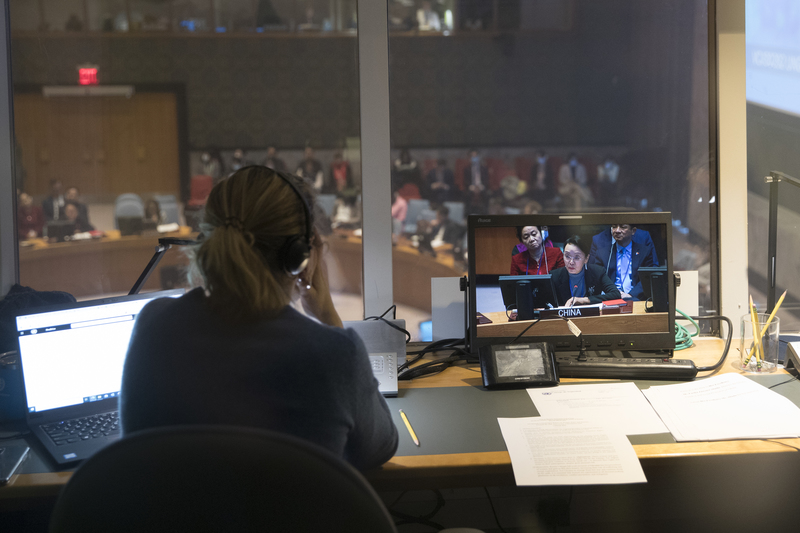The opening scene of a popular Korean drama shows a family gathered around a table, bowing slightly before eating. To a Korean audience, this 10-second moment communicates respect for elders and communal harmony—a silent language of kinship. To a Western viewer unfamiliar with Confucian etiquette, it might read as mere formality, easily overlooked. This gap illustrates a critical truth about cultural adaptation: what we perceive in global media is just the tip of an iceberg. Beneath the visible layer of translated dialogue lies a vast, submerged world of cultural codes, historical memory, and social norms that ultimately determine whether a story resonates or falls flat. This is the "iceberg model" of localization—a framework that reveals why successful cross-cultural communication requires far more than accurate translation.
At first glance, localization appears to be a linguistic task. Subtitles, dubbing, and terminology adjustments are the most obvious steps in making content accessible across borders. Tools like neural machine translation can now render sentences with impressive accuracy, translating "I’ll be there in five minutes" into Mandarin or Arabic with near-perfect syntax. Yet anyone who has laughed at a poorly localized menu ("fried husband" instead of "fried tofu" in a Chinese restaurant abroad) knows that linguistic correctness is not enough. These gaffes, while humorous, hint at a deeper problem: language is a carrier of meaning, not the meaning itself.
Consider the word "family"—a term that seems universal until one examines its cultural weight. In collectivist societies like Japan, "family" (kazoku) often extends beyond immediate relatives to include ancestors and community ties, shaping plotlines where characters prioritize group harmony over individual ambition. In individualist cultures like the United States, "family" tends to emphasize emotional intimacy within nuclear units, framing character motivations around personal growth within familial bonds. A direct translation of "family" captures the sound but not the soul of the concept—a discrepancy that can turn a poignant scene about duty into a confusing one about obligation. Linguistic accuracy, in short, is the tip of the iceberg: necessary, but only 10% of what makes communication work.
Beneath the linguistic layer lies a complex ecosystem of cultural factors that govern how audiences interpret behavior, emotion, and meaning. These submerged elements—values, history, religion, and social norms—operate like an invisible script, telling viewers how to feel about what they see.
Cultural values act as a lens through which audiences judge character actions. Take Disney’s Mulan: in the 1998 animated film, Mulan’s decision to disguise herself as a man is framed as an act of individual bravery—a narrative that resonated with Western audiences raised on stories of self-discovery. The 2020 live-action remake, however, shifted toward emphasizing filial piety, a core Confucian value, to better connect with Chinese viewers. This adjustment wasn’t arbitrary: research by cultural psychologists like Geert Hofstede shows that China ranks high on "long-term orientation" and "power distance," values that prioritize family honor and social hierarchy. When the remake leaned into these values—showing Mulan’s sacrifice as a tribute to her father rather than a quest for personal glory—it performed significantly better in Chinese markets than its predecessor.
Historical events, too, shape interpretation in ways that transcend language. A scene depicting a character burning a flag might be interpreted as an act of rebellion in one country and sacrilege in another, depending on collective historical trauma. During the 2019 release of Jojo Rabbit, a satirical film about a Nazi youth, Israeli audiences grappled with its comedic tone toward the Holocaust—a subject treated with solemnity in Israeli education and media. While the film’s dialogue was flawlessly translated, its reception hinged on how audiences processed historical pain through their own national narratives. Similarly, Bollywood films referencing the 1947 Partition resonate deeply with South Asian viewers, who carry intergenerational memories of displacement, but often require extensive contextualization for Western audiences unfamiliar with this pivotal event.
Religious beliefs add another layer of complexity, as symbols and behaviors carry sacred meanings that can easily be misread. In 2018, a global beverage brand pulled an advertisement in the Middle East after featuring a character drinking from a glass shaped like a crescent moon—a symbol deeply tied to Islam. The ad’s dialogue was culturally neutral, but the visual choice sparked outrage, highlighting how non-verbal elements can overshadow linguistic content. Conversely, Netflix’s Sacred Games, a Hindi-language series, carefully navigated Hindu and Sikh symbolism, consulting religious scholars to ensure rituals like puja (prayer) and gurudwara visits were portrayed with accuracy. This attention to submerged religious codes helped the show gain a loyal global following, even among viewers unfamiliar with South Asian faiths.
Social norms—the unspoken rules of interaction—govern everything from greetings to gestures, and their violation can make characters feel inauthentic. In Japanese dramas, prolonged eye contact is often a sign of confrontation, whereas in Western media, it signals honesty. A character in a U.S. sitcom might interrupt a friend to express excitement, a behavior that reads as energetic; in Korean media, the same action could be interpreted as rude, violating norms of deference to others. When The Office was adapted for a German audience, writers adjusted Michael Scott’s brash humor to align with German workplace norms, which prioritize efficiency over playful banter. The dialogue remained witty, but the character’s mannerisms shifted to fit a different social script—proof that localization requires rewriting not just words, but the "grammar" of everyday life.
These submerged factors don’t operate in isolation; they interact to create a coherent cultural experience. A 2021 study by the Localization Industry Standards Association found that 76% of consumers prefer content that "feels local," but only 22% of global brands invest in cultural research beyond language translation. This gap explains why so many localization efforts falter. For every success story like Squid Game—which used universal themes of class struggle while embedding Korean elements like ddakji (a traditional paper game)—there are dozens of films and shows that fail to connect, their linguistic translations flawless but their cultural resonance hollow.
The iceberg model reminds us that localization is less about changing words and more about bridging worlds. Language is the visible tip, but the submerged 90%—values, history, religion, norms—determines whether a story feels like a window into another culture or a distorted mirror. As global media continues to connect distant audiences, the most successful content will be that which respects both the tip and the depths, recognizing that beneath every translation lies a universe of meaning waiting to be understood. After all, what makes a story universal is not its surface similarity, but its ability to honor the unique waters in which it sails.











